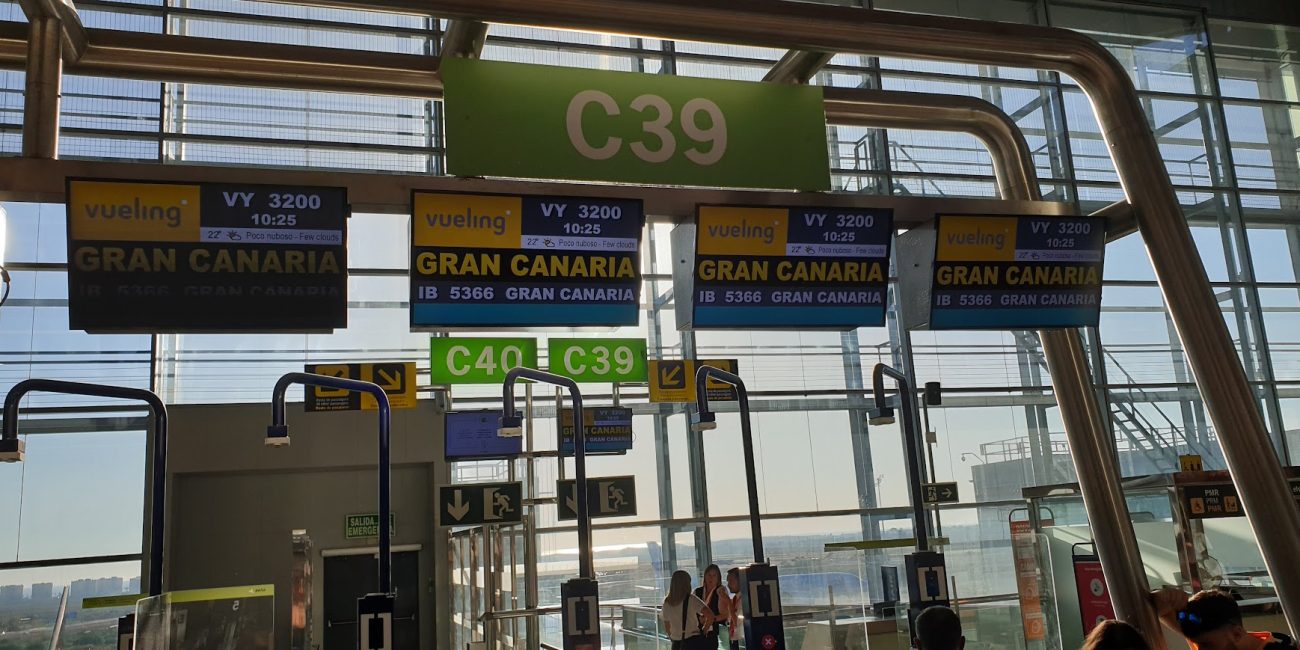The Balearic and Canary Islands are at a substantial risk of losing their air connections. The airlines have issued a warning, claiming that the central government’s “non-payments” for subsidised tickets for island residents are “suffocating” the companies. The companies have been obligated to advance these subsidies, which comprise 75% of the ticket price.
The Association of Airlines (ALA) has denounced this situation, asserting that certain companies that operate flights between the islands and the peninsula “could be compelled to cease operations on some of these routes or reduce frequencies as a result of the unsustainable situation and economic suffocation caused by the Government’s non-payment of approximately 810 million euros by January 2025.”
In Spain, the demand for these connections has increased by 9.6% since 2023. This circumstance is not unfamiliar to Alicante-Elche Airport. From the El Altet terminal, numerous airlines operate routes between the Balearic Islands and Alicante and the Canary Islands. Aena data indicates that traffic with these islands comprises 34% of the national total recorded in 2024.
The situation is concerning, as Palma de Mallorca is the second busiest domestic route at the Alicante terminal, with 497,547 passengers in 2024, representing an 8.5% increase from the previous year. The sixth and seventh busiest routes at the airport are Ibiza, with 176,592 passengers (26% more), and Tenerife, with 155,000 passengers (19.9% more). With 57,460 passengers in 2024 and a 39% increase, Gran Canaria is the eleventh busiest domestic connection.
Vueling, Ryanair, Iberojet, and Air Nostrum operate flights to Ibiza, while Air Europa, Iberojet, Ryanair, Enter Air, and Vueling operate flights to Palma de Mallorca. Ryanair, Vueling, and Enter Air provide connections between Tenerife and the Canary Islands, while Vueling serves Alicante and Gran Canaria.
The situation has been further complicated by the postponement in the General State Budget (GSE). The 2023 GSE was allocated 560.81 million euros by the government, an amount that ALA maintains has been “significantly exceeded” by demand that has exceeded expectations. ” They assert that the Contingency Fund has contributed an additional 170 million euros to this sum in order to finance credit modifications; however, they maintain that it still falls short.
ALA has expressed apprehension that the new extension will result in an increase in this debt to €1.5 billion. Javier Gándara, the president of the association, maintained that this allocation is “inadequately funded” and that it has been extended until 2023, rendering it “completely inadequate to cover the subsidies of up to 75% on air service fares.”
According to Gándara, the circumstance “is compromising the financial sustainability of these airlines to the point that, if this continues, it could make the operation of some of these routes unviable, seriously affecting the connectivity of the Canary and Balearic Islands.” Consequently, the president of ALA is urging the government to promptly pay the companies that operate these routes.
Simultaneously, Gándara emphasises the necessity of “correcting this situation in the future with sufficiently funded and more realistic budget allocations.” ALA anticipates additional delays in the upcoming year, during which the allocation for subsidies for residents will remain at €60.8 million. The anticipated expenditure for this year is €1.2 billion, and the outstanding €810 million must be added.
Airlines are merely intermediaries who are accountable for the program’s execution. They act as collaborating entities of the Administration in accordance with the established regulations, applying the legally established subsidy percentage at the time of ticket purchase and subsequently paying the Administration, in this case the General Directorate of Civil Aviation (DGAC), the remaining amount after the passenger has completed the trip subject to the corresponding discount.
The DGAC is accountable for the management of the budgetary appropriations that have been allocated to cover the subsidy and for the payment of the subsidy amounts to the airlines. In summary, the airlines apply the subsidy to the resident’s ticket, which the government must subsequently settle through the DGAC, using an expandable appropriation from the General Budget. The Ministry of Finance reserves the right to increase the allocated quantity in the event that it is surpassed.








No Comment! Be the first one.